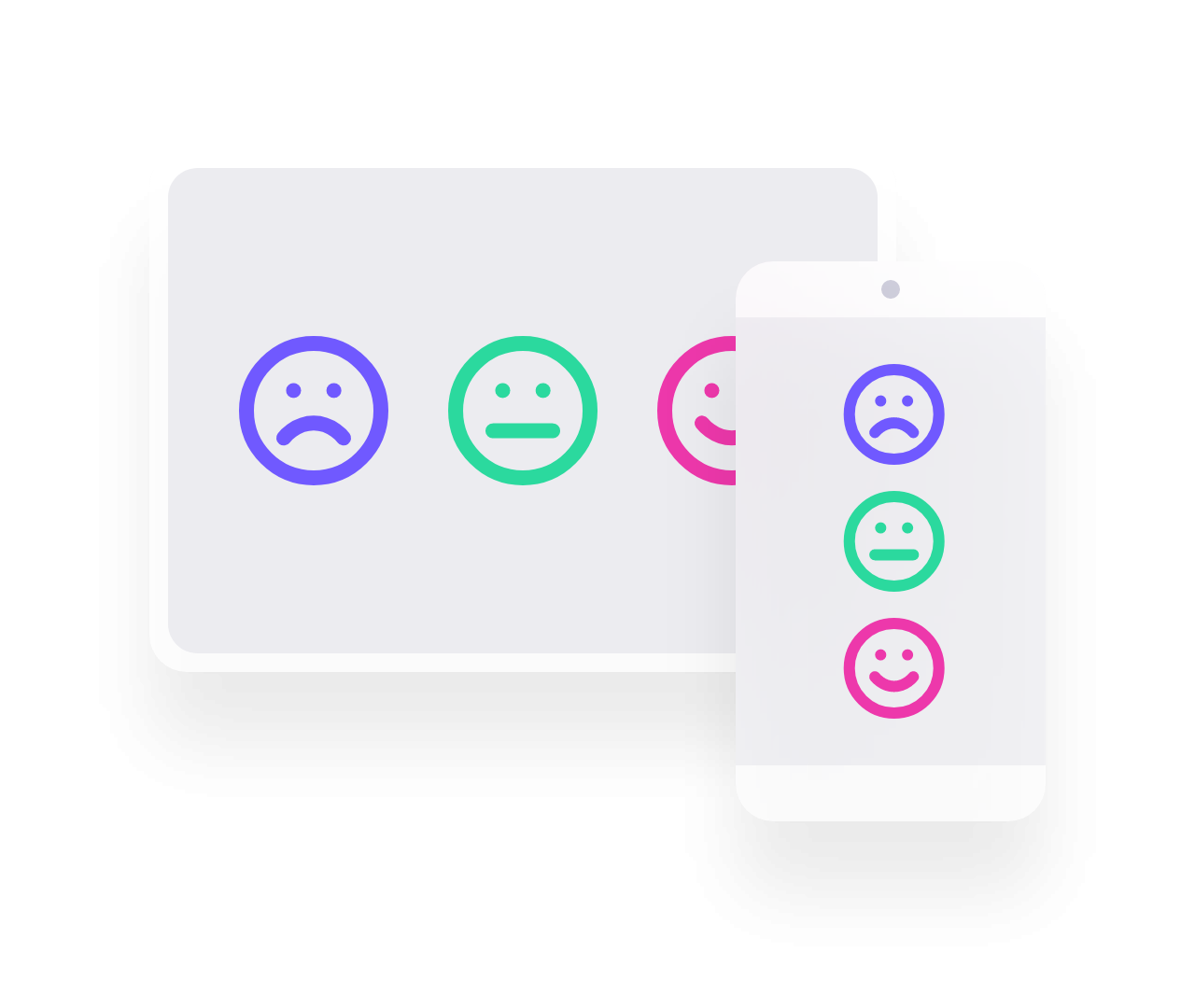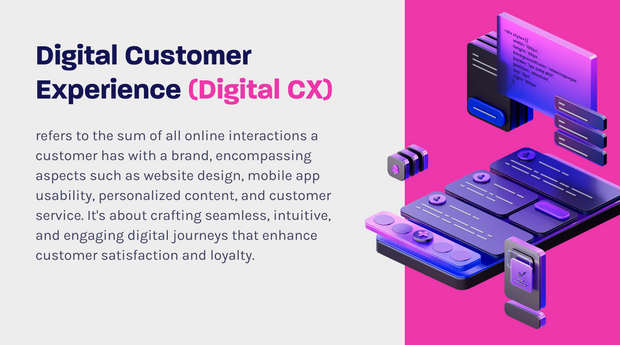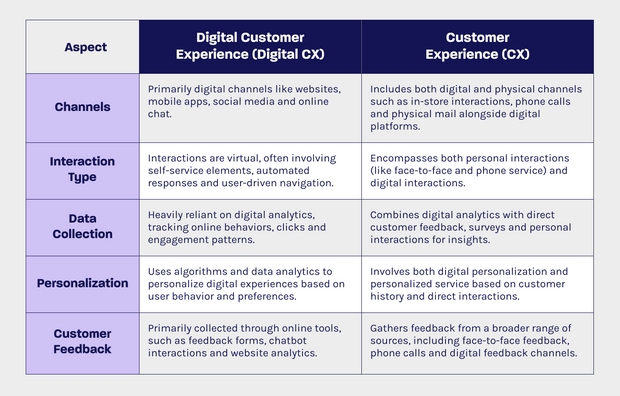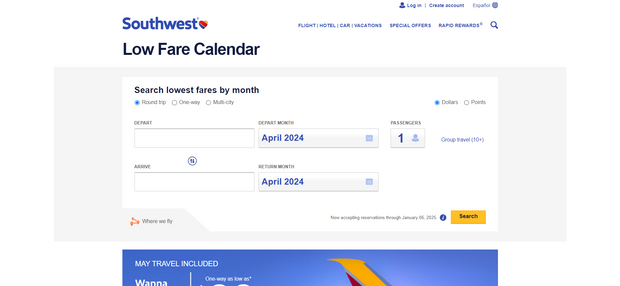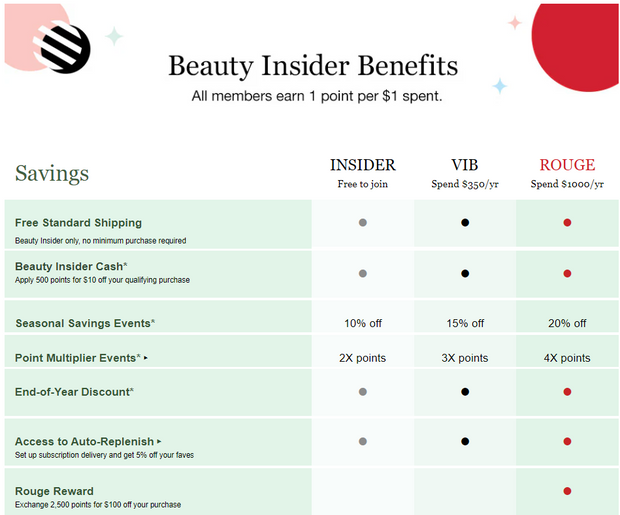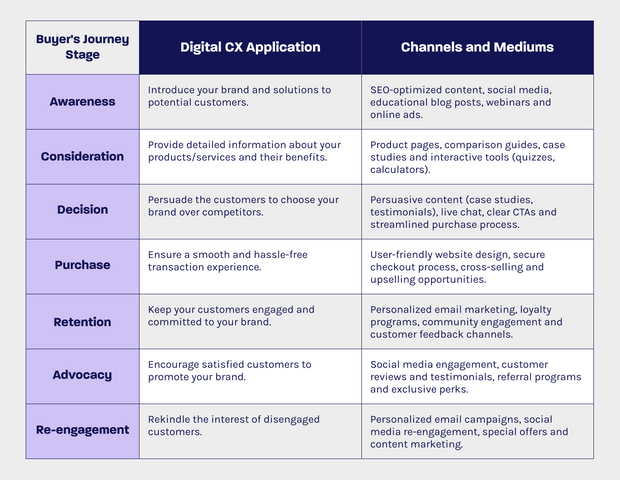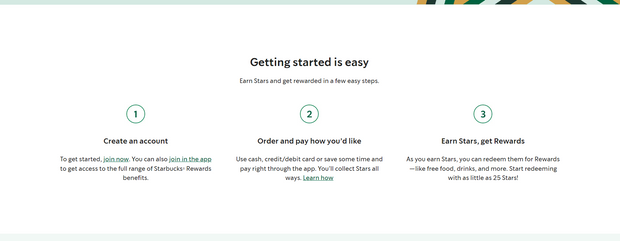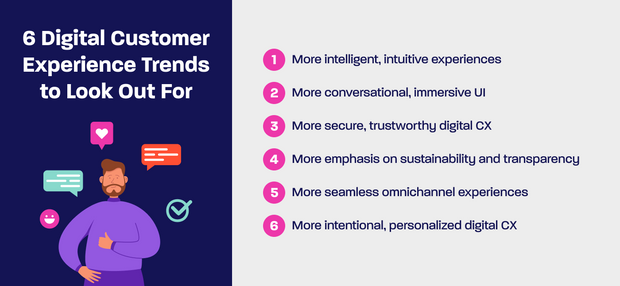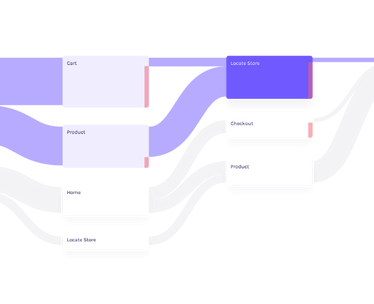The bottom line?
While digital CX is just one facet of the larger customer experience, it's an increasingly influential one. By investing in and knowing what’s going on in your digital touchpoints and ensuring they're up to par, you set your brand up for success in the digital age.


